The Secret History of iPhone
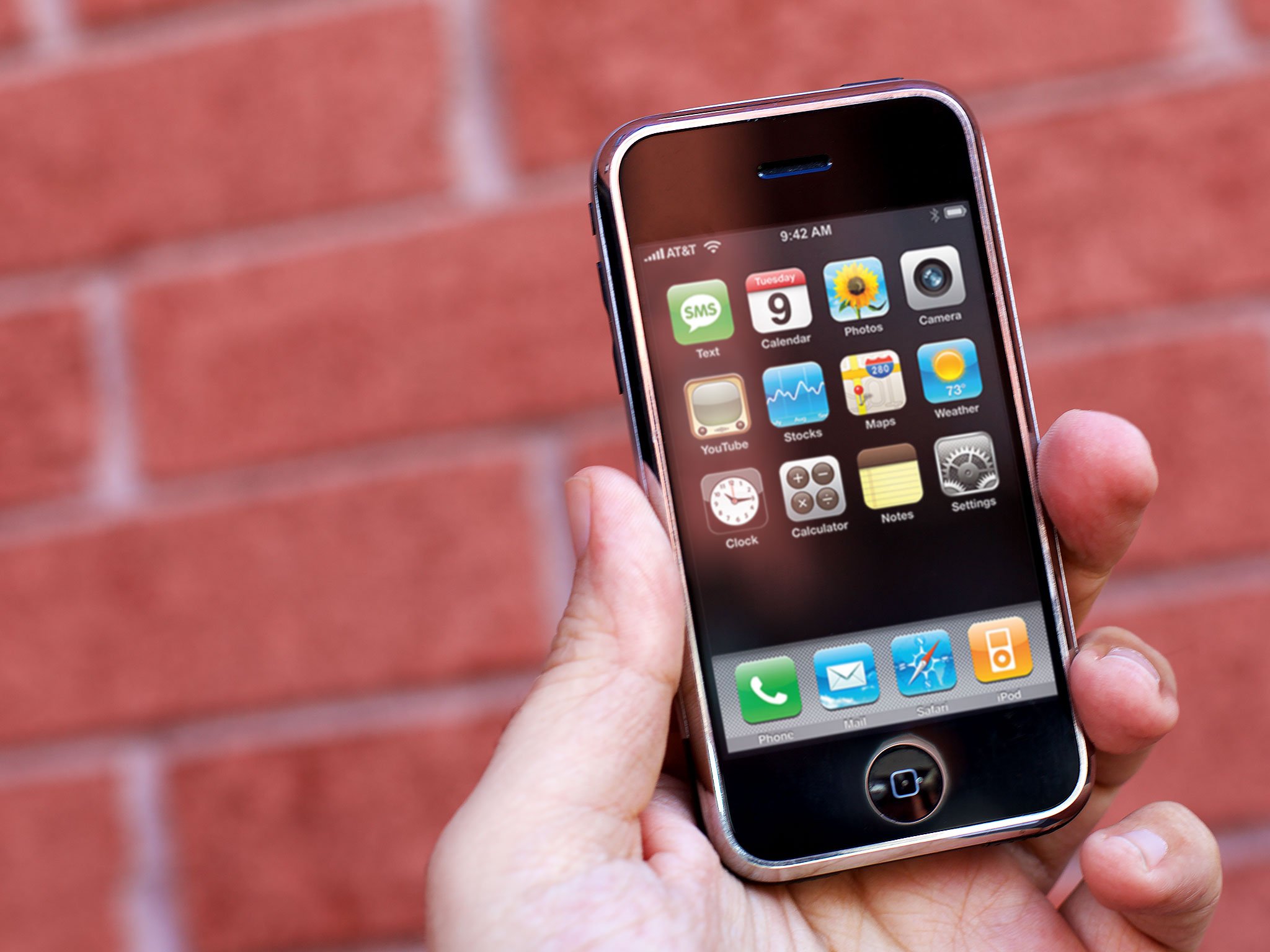
On January 9, 2007, Steve Jobs put sneaker to stage for what was the most incredible keynote presentations of his life—a life filled with incredible keynote presentations—and in the history of consumer electronics.
The company had been working for over two years on the Purple Experience Project. It had gone from a tablet to a phone. From a dream to reality. And just before he stepped out in front of the crowd, Jobs assembled his team and told them to remember the moment: The moment before iPhone. Because, in the next moment, everything would change.
Watch the video above. Seriously. It's way better.
During the keynote, Steve Jobs said it was rare enough for a company to revolutionize even one product category. Apple had already revolutionized two: Computers with the Mac and personal music players with the iPod. With the iPhone they'd be going for three.
He set up and knocked down the physical keyboard and the stylus, features that dominated the BlackBerry, Motorola, and Palm smartphones of the day. Then Jobs introduced the multitouch interface that let the iPhone smoothly pinch-to-zoom, the physics-based interactivity that included inertial scrolling and rubberbanding, and the multitasking that let him move seamlessly from music to call to web to email and back.
They were technologies that would one day become commonplace across the industry but back then looked like science-fiction. From Apple:
iPhone is a revolutionary and magical product that is literally five years ahead of any other mobile phone. We are all born with the ultimate pointing device—our fingers—and iPhone uses them to create the most revolutionary user interface since the mouse.
Technology alone wasn't enough
The original iPhone, based on the P2 device of the Project Experience Purple (PEP) team, code-named M68 and device number iPhone1,1, had a 3.5-inch LCD screen at 320x480 and 163ppi, a quad-band 2G EDGE data radio, 802.11b.g Wi-Fi, Bluetooth 2.0 EDR, and a 2-megapixel camera.
iMore offers spot-on advice and guidance from our team of experts, with decades of Apple device experience to lean on. Learn more with iMore!
It was powered by an ARM-based 1176JZ(F)-S processor and PowerVR MBX Lite 3D graphics chip, manufactured by Samsung, with a 1400 mAh battery, and had 128MB of onboard RAM. Two NAND Flash-based storage tiers were available at launch: 4GB or 8GB.
More importantly, iPhone also included several sensors to enhance the experience, like an accelerometer that could automatically rotate the screen to match device orientation, a proximity sensor that could automatically turn off the screen when close to the face, and an ambient light sensor that could automatically adjust brightness.
And it could also be charged—and critically, synced to iTunes—by the same 30-pin Dock connector as Apple's already exceedingly popular iPod.
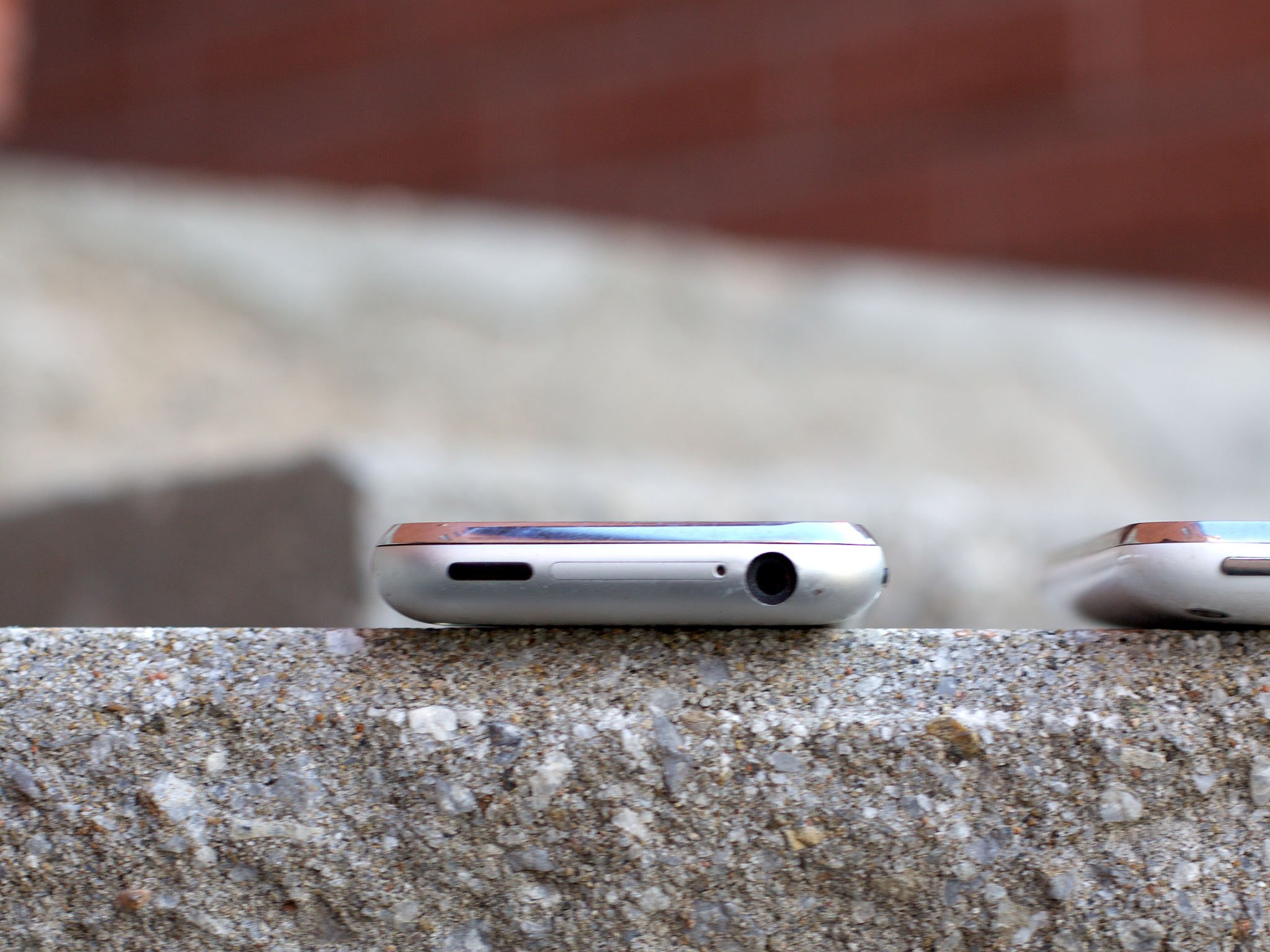
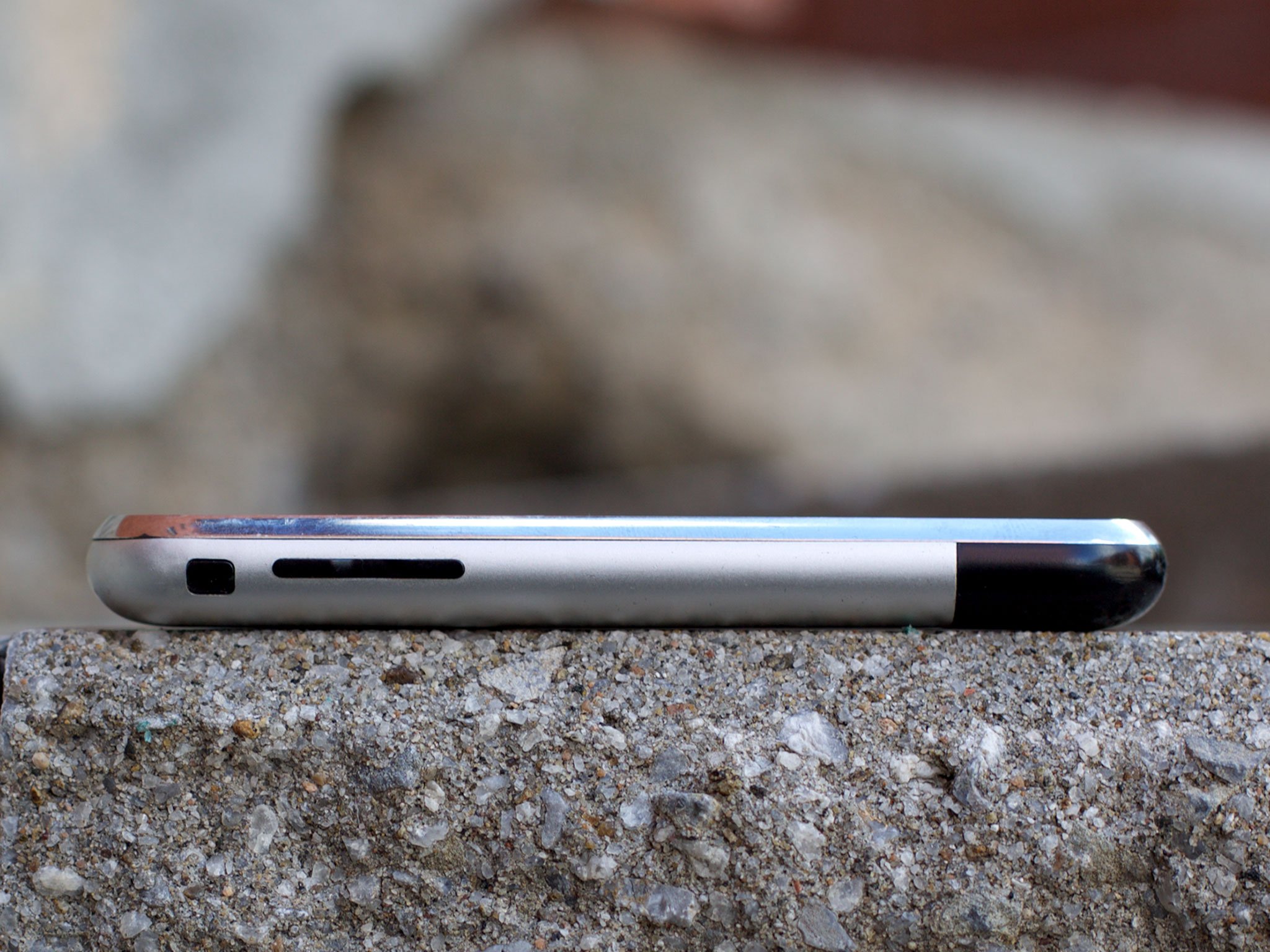
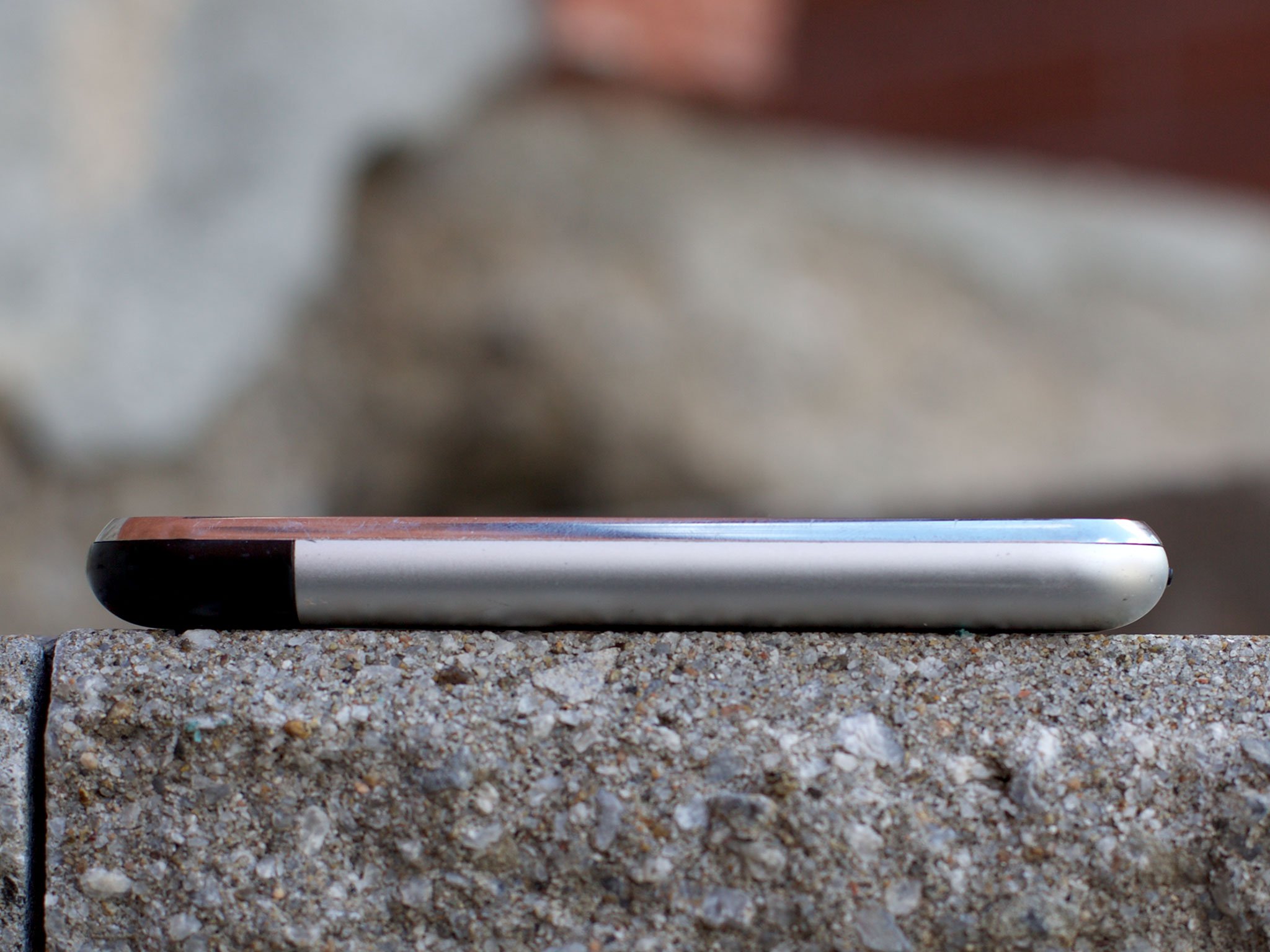
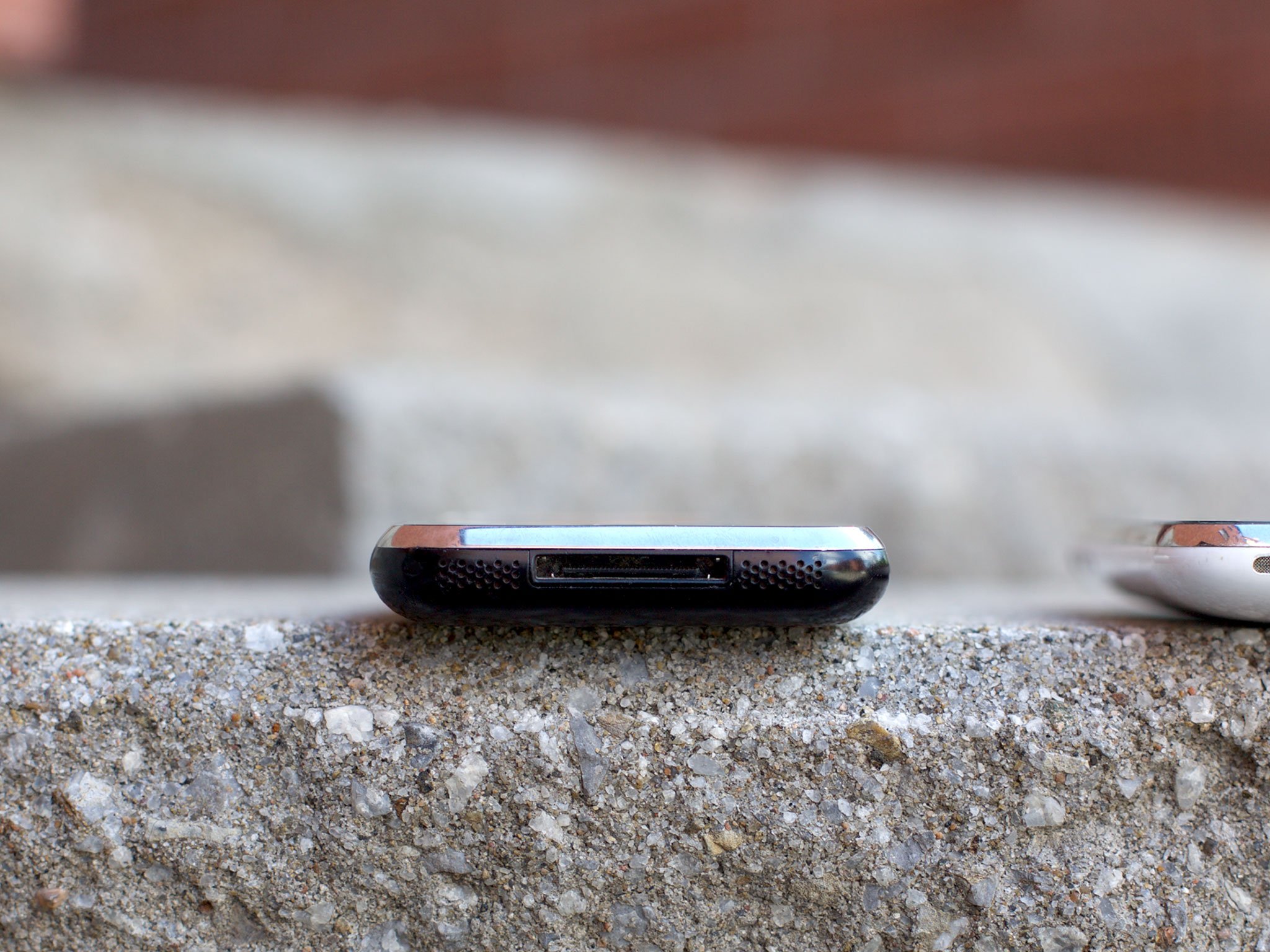
What the original iPhone didn't have was CDMA and EVDO rev A network compatibility. That meant it couldn't work on two of the U.S.' big four carriers, Verizon and Sprint. Not that it mattered; the original iPhone was exclusive to AT&T.
It also lacked GPS, or support for faster 3G UTMS/HSPA data speeds. In addition to no hardware keyboard or stylus, the iPhone also didn't have a removable, user-replaceable battery or SD card support. None of that pleased existing power users of the time. Nor did the absence of an exposed file system, copy and paste or any form of advanced text editing, and, critically to many, support for third-party apps. Likewise, since the iPhone had a real web browser instead of a WAP browser, which was required to display carrier-based multimedia messages, the original iPhone didn't support MMS either.
All of this was wrapped in bead-blasted aluminum with a black plastic band around the back to allow for RF transparency.
Then there was the price. The iPhone debuted at $499 for the 4GB and $599 for the 8GB model on-contract. Those prices weren't unheard of at the time—early Motorola RAZR flip phones were incredibly expensive as well—but it meant Apple couldn't penetrate the mainstream market.
Race to launch
Macworld wasn't a finish line, it was a shot from the starting pistol. Jony Ive, Richard Howarth, and the industrial design teams' work had largely been completed already but hardware engineering still faced challenges.
Steve Jobs scratched the pre-release iPhone screen with the keys in his pocket, he asked the team to come up with a better solution. They turned to Corning, which had invented a new, chemically hardened material, but had yet to find a commercial application for it. The team spun on a dime and got Gorilla Glass onto the iPhone.
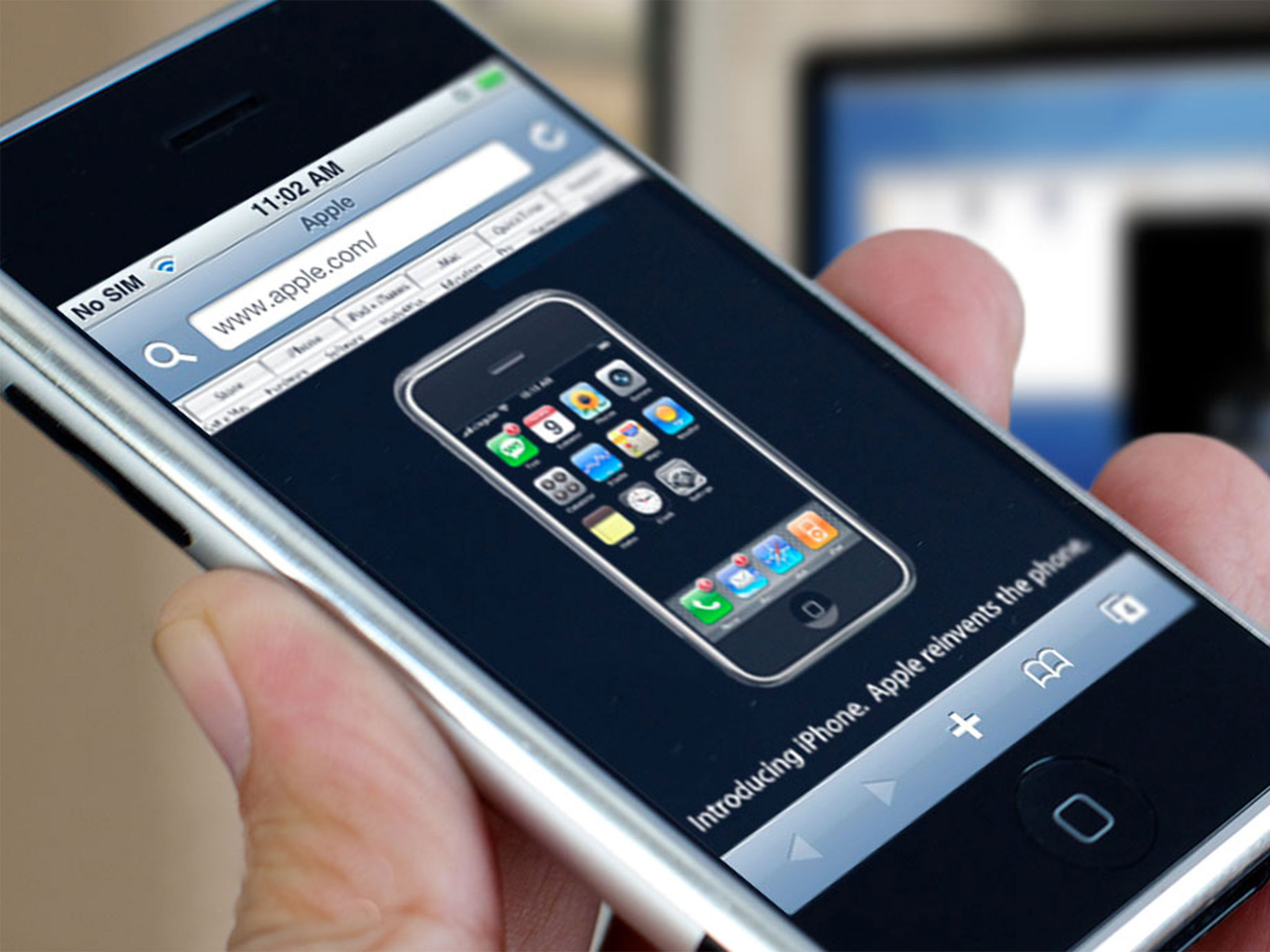
The software team, under the auspices of Scott Forstall, was still racing as well. Greg Christie, Bas Ording, Mike Matas and others had been working on the human interface and interactivity for a long time already, but things were still being tweaked. Split screen for email, for example, got pulled after Jobs felt it was too crowded on the small screen.
Likewise Henri Lamiraux's software engineering and frameworks team, including Nitin Ganatra's native apps team, and Richard' Williamson's mobile web team. They had to make sure all the apps and all the features performed not only reliably but delightfully.
They'd already gotten a relatively full version of Safari, based on the same WebKit rendering engine developed by Don Melton and team for the Mac, up and running. They'd also taken Google's location data and created the best Maps implementation ever seen on mobile, but they were then tasked with adding a YouTube app as well.
On June 6, 2007 Steve Jobs again took to the stage at Moscone West, this time for Apple's Worldwide Developer Conference. He announced web 2.0 apps as the development platform but also announced something more: the launch date.
Go for launch
On June 28, 2007, Apple shipped the original iPhone. Lineups had already formed at Apple Stores, especially flagship stores like the glass cube in New York City. People had been waiting outside for days. The lines went around the block. And then around again. Anticipation was stratospheric. Competitors were dismissing it. Media was calling it the Jesus Phone.
And then the doors opened.
The initial reaction was positive. Walt Mossberg and Katherine Boehret, writing for The Wall Street Journal:
Our verdict is that, despite some flaws and feature omissions, the iPhone is, on balance, a beautiful and breakthrough handheld computer. Its software, especially, sets a new bar for the smart-phone industry, and its clever finger-touch interface, which dispenses with a stylus and most buttons, works well, though it sometimes adds steps to common functions.
Ryan Block, writing for Engadget:
It's easy to see the device is extraordinarily simple to use for such a full-featured phone and media player. Apple makes creating the spartan, simplified UI look oh so easy -- but we know it's not, and the devil's always in the details when it comes to portables. To date no one's made a phone that does so much with so little, and despite the numerous foibles of the iPhone's gesture-based touchscreen interface, the learning curve is surprisingly low. It's totally clear that with the iPhone, Apple raised the bar not only for the cellphone, but for portable media players and multifunction convergence devices in general.

The novelty and experience were so good, many people simply didn't care about missing features or high price tags. But the price did prevent iPhone from getting into as many hands and lives as Apple wanted.
So, at the September 5, 2007 "The Beat Goes On" music event, Steve Jobs not only introduced the first iPod touch, he announced they were dropping the 4GB iPhone entirely, and dropping the price of the 8GB iPhone to $399. From Apple:
The surveys are in and iPhone customer satisfaction scores are higher than we've ever seen for any Apple product. We've clearly got a breakthrough product and we want to make it affordable for even more customers as we enter this holiday season.
On February 5, 2008, Greg Joswiack, then vice president of Worldwide iPod and iPhone Product Marketing, now in charge of all product marketing, announced a 16GB model. From Apple:
For some users, there's never enough memory. Now people can enjoy even more of their music, photos and videos on the most revolutionary mobile phone and best Wi-Fi mobile device in the world.
There was still no subsidized price, even on contract, but there was movement.
Competitive contempt
The vast majority of smartphones back in 2007 had hardware keyboards and, if they touch screens at all, those screens were almost all resistive and came with a stylus pen to aid in usability. Mobile apps were inconsistent and the mobile web was pretty much limited to WAP browsers.
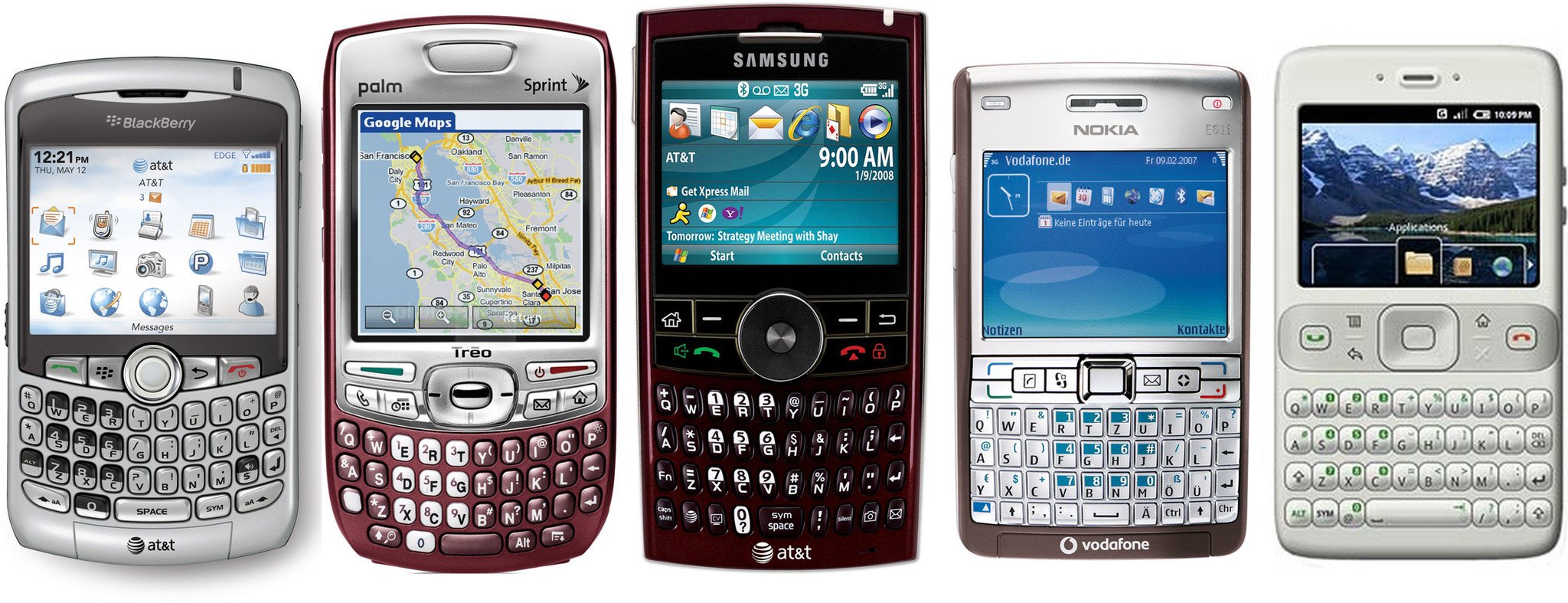
While the iPhone certainly wasn't universally adored, the entrenched incumbents in the smartphone space were some of its harshest critics. That was, after all, their jobs.
Ed Coligan, former CEO of Palm:
We've learned and struggled for a few years here figuring out how to make a decent phone. PC guys are not going to just figure this out. They're not going to just walk in.
Mike Lazaridis, former CEO of RIM (now BlackBerry):
Talk -- all I'm [hearing] is talk about [the iPhone's chances in Enterprise]. I think it's important that we put this thing in perspective. [...] Apple's design-centric approach [will] ultimately limit its appeal by sacrificing needed enterprise functionality. I think over-focus on one blinds you to the value of the other. [...] Apple's approach produced devices that inevitably sacrificed advanced features for aesthetics.
Steve Ballmer, former CEO of Microsoft:
You can get a Motorola Q for $99. [...] [Apple] will have the most expensive phone, by far, in the marketplace. There's no chance that the iPhone is going to get any significant market share. No chance.
It was a very different world in 2007. Phone were just beginning to hit usable data speeds but bandwidth was still limited and expensive. The appeal of smartphones was also limited primarily to early adopters and enterprise, and hadn't yet approached mainstream adoption.
Palm and BlackBerry were both wrong. Smartphones would give way to pocket computers and "PC guys"—if they worked for Apple—were absolutely the ones to figure it out. And for consumers, the interface is the feature, so by tackling interface Apple was beginning to make those pocket computers accessible to everyone.
Microsoft, however, was at least half right. The iPhone was too expensive. That was something Apple could and would change.
Google, an original iPhone launch partner, was both more perceptive, and more agile. They'd already bought Danger, the next generation phone platform created by Sidekick mastermind — and former Apple employee — Andy Rubin. They'd originally focused on making a Windows Mobile/BlackBerry-style competitor, determined to make sure Microsoft could never dominate the market and cut them out of the mobile future they so clearly recognized would be the next big thing.
Google's then-CEO, Eric Schmidt was on Apple's Board of Director's—and on stage for the iPhone event. He hadn't told Rubin what Apple was doing, however, or that Google would be giving the iPhone Maps and YouTube. Rubin was shocked. Collectively they realized Microsoft might not dominate mobile at all. Apple might. So, much to their credit, they spun around and refocused Android at the iPhone.
Changing everything... again

The original iPhone ended up selling over 6 million units in its first year on four carriers in four countries. Now, iPhone sells hundreds of millions a year on almost every carrier in almost every country. It's also been followed up by iPad, Apple TV and Apple Watch, HomeKit and HeathKit, CarPlay and AirPlay, AirPods and, soon, HomePod. And, with iPhone X, we've seen the beginning of what's next.
Steve Jobs told his team the world would never be the same. How utterly right he was.

Rene Ritchie is one of the most respected Apple analysts in the business, reaching a combined audience of over 40 million readers a month. His YouTube channel, Vector, has over 90 thousand subscribers and 14 million views and his podcasts, including Debug, have been downloaded over 20 million times. He also regularly co-hosts MacBreak Weekly for the TWiT network and co-hosted CES Live! and Talk Mobile. Based in Montreal, Rene is a former director of product marketing, web developer, and graphic designer. He's authored several books and appeared on numerous television and radio segments to discuss Apple and the technology industry. When not working, he likes to cook, grapple, and spend time with his friends and family.

